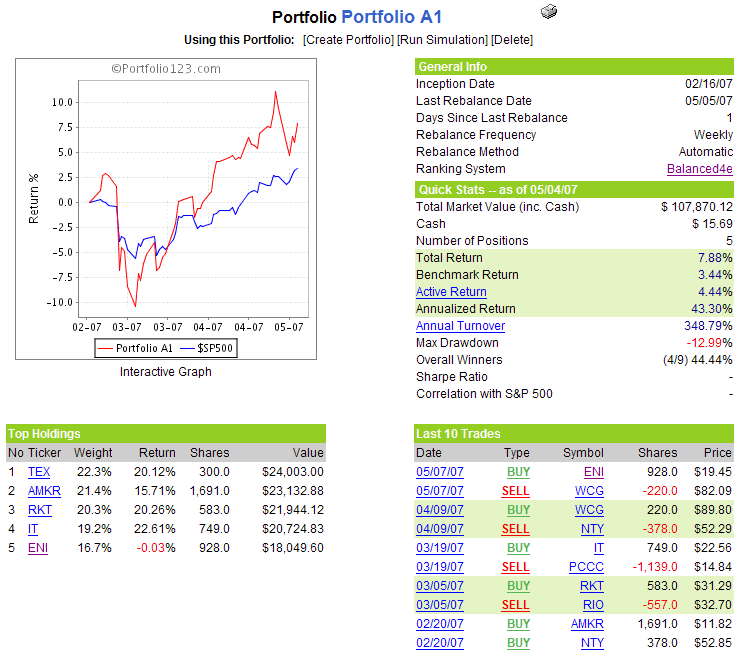End of May Links
The most recent installment of the cornucopia of things that I have been reading and thinking about as of late:
- Kevin’s Market Blog (and a hearty welcome back to him) has some thoughts on how to reverse engineer a good moving average
- Jeff Miller at A Dash of Insight shines some light on buybacks
- …and Chad Brand at The Periodot Capitalist explains why he is a fan of buybacks
- Yaser Anwar offers some suggestions on how to hedge with futures and options
- Looking for optionable ETFs? Michael Bommarito at ETF Central has done the work for you
- Eddy Elfenbein at Crossing Wall Street notes a divergence between stocks and bonds
- David Gaffen at the WSJ’s MarketBeat blog has five reasons for rising bond yields
- Mark Hulbert offers a contrarian analysis on bond sentiment
- The CXO Advisory Group finds that 52 week highs are an important momentum indicator for individual stocks (I have found many of my biggest gainers on the daily new high list)
- Toro’s Running of the Bulls contemplates shortages in some lesser known metals
- Chad Brand (again) delves into why consumers will keep energy stocks humming
- Paul Hickey at Bespoke Investment Group with some thoughts on why oil (the commodity) may be poised to outperform oil stocks
- Babak at Trader’s Narrative ponders the end of the bull market for REITs (it has to come eventually, right?)
- The CXO Advisory Group with some data that good companies to work for are good places in which to invest your money
- In a related note, Barry Ritholtz of The Big Picture finds that companies with satisfied customers are also good investments…and the CXO Advisory Group draws a similar conclusion from the same study
- Hisham Ayoub of Biohealth Investor opines on the early release of clinical data to selected parties in advance of the American Society of Clinical Oncology’s (ASCO) annual meeting
- Paul Hickey again, examining sector P/E ratios this time around
- Brett Steenbarger at TraderFeed on the biology of trading
- Uglychart.com on the pain of losing money (it’s more biological that you think)
- More Brett Steenbarger, this time highlighting Itiel Dror’s research into factors that impair decision-making
- Need a micro-fridge powered by a USB? Engadget has the gadget
- For the slightly desperate, Avis rolls out in-car WiFi, also via Engadget
- …which will never compare to The Slurpr, already destined to be the undisputed bandwidth-stealing champion (and the favorite of the extremely desperate)
- Finally, for the terminally overworked, Dilbert puts life in perspective
 Barry Ritholtz at
Barry Ritholtz at 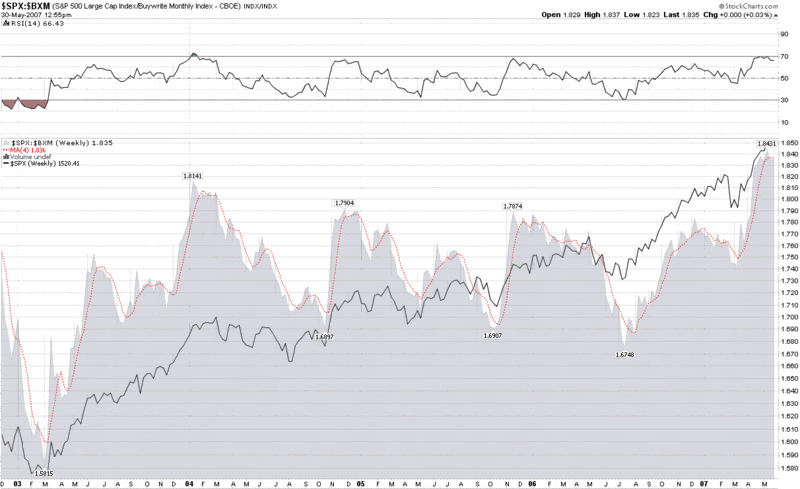

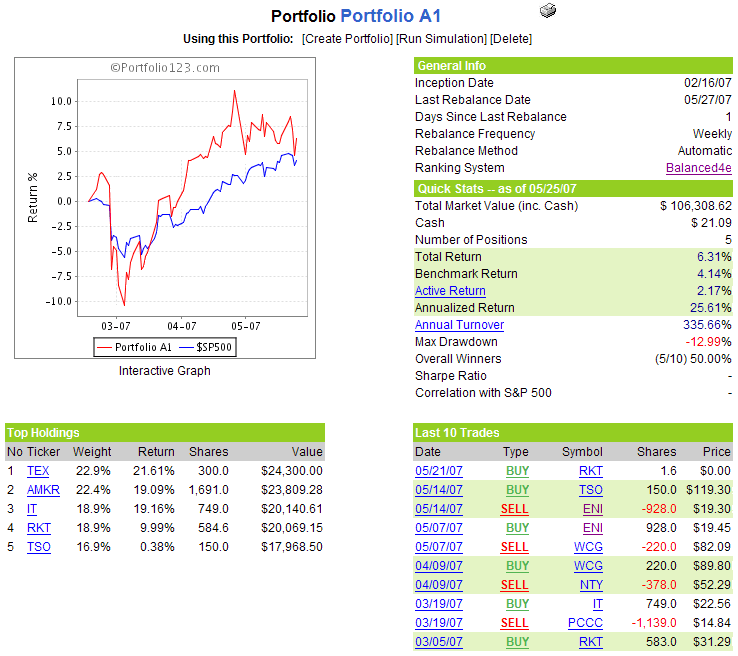

 I talk a lot about put to call ratios and the VIX in this space, but I almost always talk about them as separate indicators and haven’t spent much time dedicated to discussing when to give one precedence over the other, what to do when the two indicators disagree, etc.
I talk a lot about put to call ratios and the VIX in this space, but I almost always talk about them as separate indicators and haven’t spent much time dedicated to discussing when to give one precedence over the other, what to do when the two indicators disagree, etc. 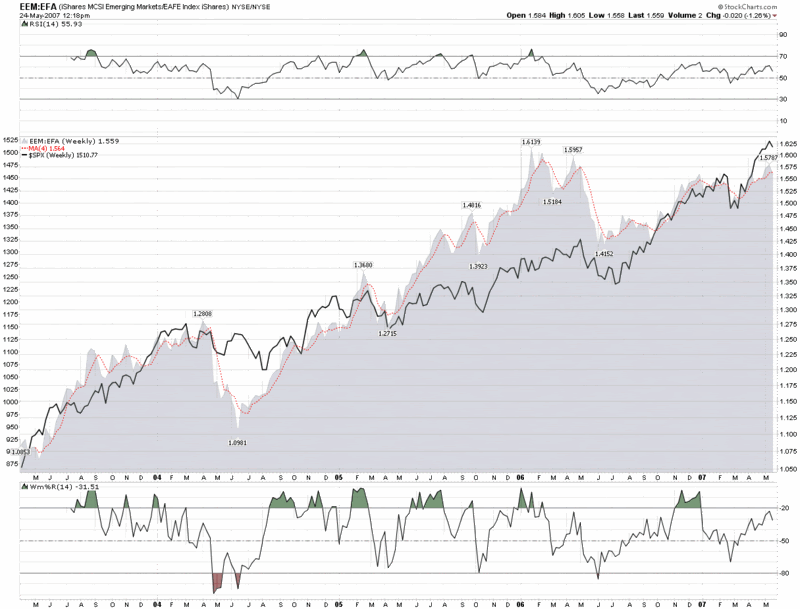
 For those who may be interested, the
For those who may be interested, the  For the benefit of those who may not have been following this story, I will backtrack a little before diving in.
For the benefit of those who may not have been following this story, I will backtrack a little before diving in. Thanks to the
Thanks to the 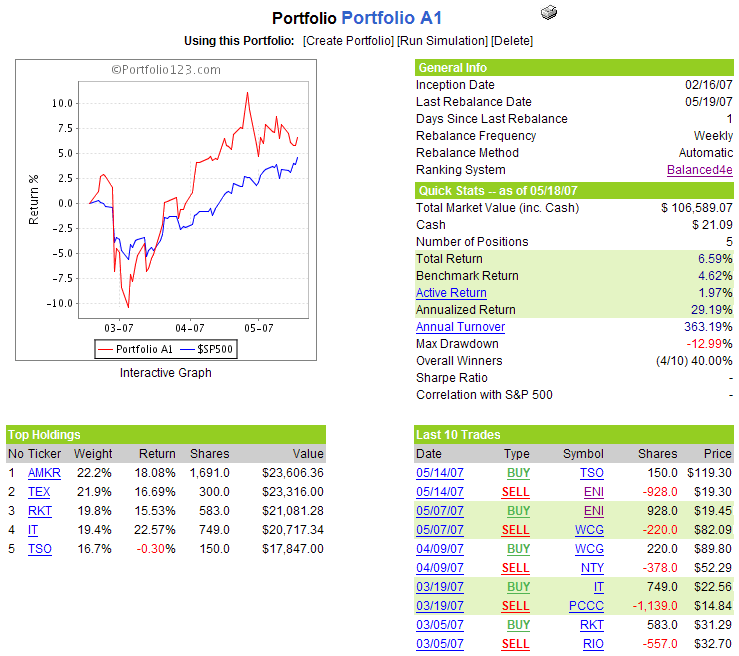



 All this talk about futures must have conjured up
All this talk about futures must have conjured up  If anyone is wondering why I’m not talking more about
If anyone is wondering why I’m not talking more about 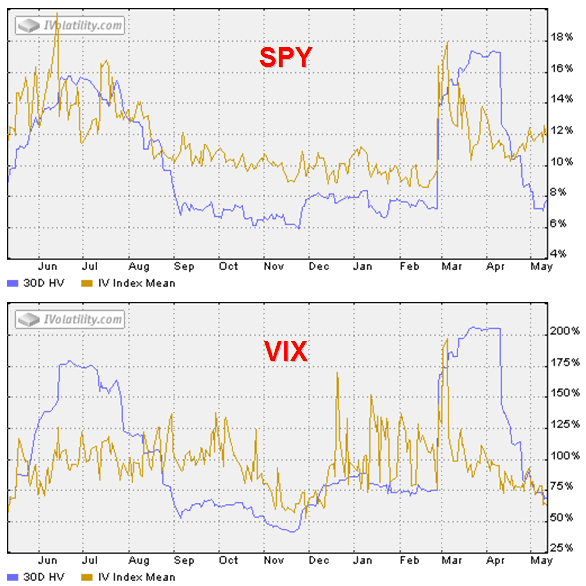
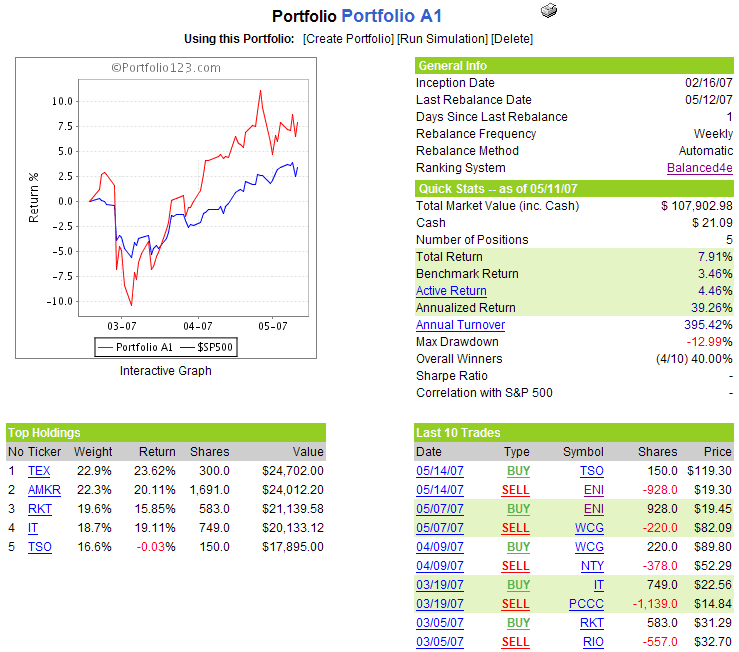
 Yesterday the
Yesterday the  Several readers have expressed interest in how I came up with my
Several readers have expressed interest in how I came up with my  It’s not as bad as
It’s not as bad as 